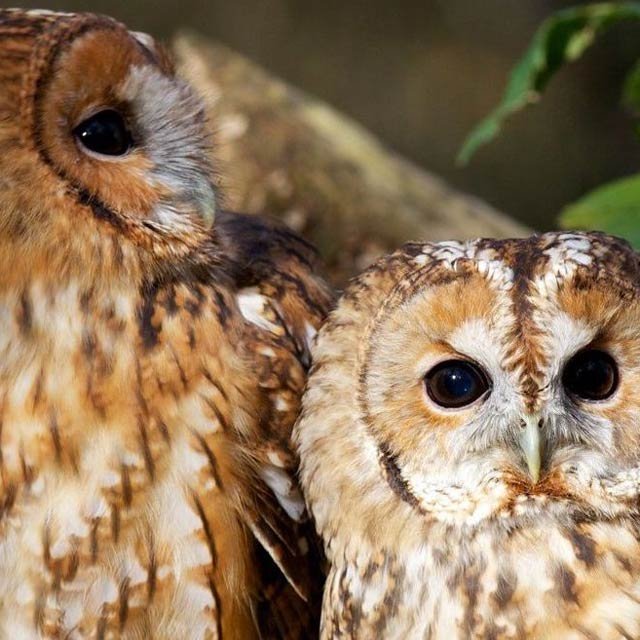Loading...
TOOLKIT

Body and ears, the foxes and the owls(senses awareness)
LOCATIVE MEDIA SUPERCLUSTER
what you can do before or after this exercise
Improving our connections with people by cultivating a sense of belonging to Nature by Fred Adam & Geert Vermeire
This set of practices is meant to improve our connection with people by opening our senses and feeling the beauty of Nature. But it is also about acknowledging the intelligence of the more than human world, listening to the polyphony of languages, interactions and connections going on around us and with us. We belong to the natural world and we are part of it. Intelligence is not only ours, it is the result of millions of years of evolution. Our ability to develop a greater intimacy with nature is a powerful way to expand our sense of belonging, a shared identity and our love for people because we are all Nature.


illustration by Chari Cámara @doctora.creativa
DURATION
30 minutes to 1h
The aim of the activity is to develop an awareness of each other and our own body and senses. It is meant to celebrate the intelligence of the foxes and the owls as a source of inspiration to learn from nature and improve the communication between people. The practice covers several senses and the body in motion, addressing the need for people in difficult health circumstances to go beyond the limitations of basic human communication. We are becoming animals in our imagination to understand the creativity of Nature and become aware that we are part of it. It is a dmonstration of the difference between our bodies and senses, not as a barrier but as the same force of diversity and creativity carrying life on Earth. Night is falling in the forest inhabited by owls, a family of foxes have to cross the forest without being detected by the amazing ears of the owls. Two groups of players successively become an owl to listen carefully whith their eyes closed. Becoming a fox is about learning a “fox walk” and to be as silent as possible to not awaken the owls. This practice is usually done outdoors in a natural environment with some vegetation, branches and little stones on the ground. |
Step 1: introduce the powers of the owl and the foxes. The fox is a master of invisibility with his silent walk. The owl is a master in listening in 2 different directions at the same time and at 360 degrees. (do previously some research about these animals). Clarify that this is not a predator / prey game. All animals are aware of each other in a respectful manner. This exercise is about practicing our senses but also understanding nature as a giant web of interconnections between a large number of species.
Step 2: Split into 2 groups: the owls and the foxes. Place the owls at a minimum distance of 3 to 5 meters from each other to create a network of ears. Teach the foxes “the fox walk” technique (you will find resources online explaining this technique used by indigenous people and trackers) If the terrain is soft, the foxes can try with and without shoes, to feel the difference. The foxes will have to cross the corresponding territory covered by the owls.
Step 3: Explain the rules “ Owls you have to keep your eyes closed and listen carefully. If you are hearing a fox, say aloud “fox” or "Hou Hoouuu" one time. Now foxes, cross the forest in the most silent way possible, take your time.
Step 4: Change the roles at the end of the practice.
Step 5: Invite people to sit in a circle and comment on the feeling of becoming an owl and a fox and their sense of awareness of space and the others. What animal do they prefer to play and why ?
Step 6: Invite the players to become now and then one of these animals in their daily life and practice the art of deep listening and invisibility. Invite them to learn about their intelligence and the intelligence of nature at large as the ultimate great teacher.
Step 7: Propose the discovery of a mobile phone app:
- Merlin Bird, to recognize birds by their songs (merlin.allaboutbirds.org/sound-id/)
tools necessary for the activity: Use some pieces of fabric to blind the owls but you can also rely on trust and invite the owls to really close their eyes during the game. You can talk about trust in nature, how each species knows exactly at what distance they can be from each other, sometimes very close and sometimes not.
evaluation: The way to evaluate the activity is measured by the excitement, joy and gratitude for the animals this practice can trigger. You can also ask for a real story about an encounter with wild animals to evaluate the level of intimacy with nature from the participants.
other comments: If the practice has to be done indoors you can dispose different materials on the floor, perhaps some dry leafs you can take from the park nearby.
references: This practice is inspired by great teachers, Nature of course but also Rich Blundell and the Oika project, Jon Young from the 8 Shields project and the partners from the project No One Forgotten, beyond others. Thank you!

Opening hours
Monday to Friday: 8:00 am - 6:00 pm
Saturday: 8:00 am - 2:00 pm
Sunday: Closed



